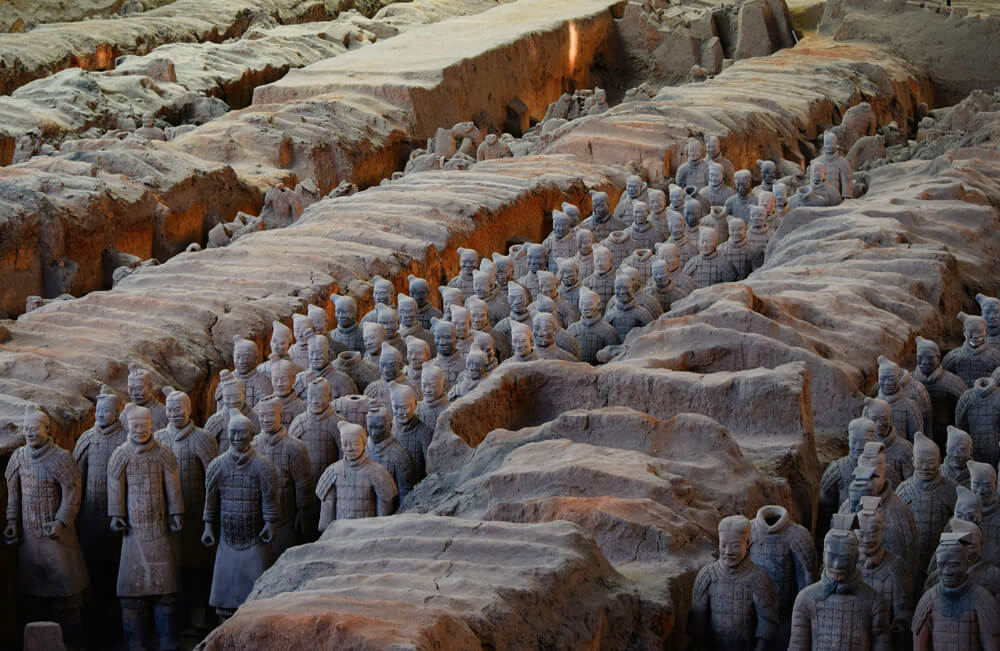Teak wood has a rich and fascinating history that stretches back thousands of years. Known for its durability and beauty, teak has been a highly sought-after material for various purposes, from shipbuilding to furniture making. In this article, we’ll explore the history of teak wood and why it remains a popular choice today.
Ancient Uses of Teak

by Aaron Greenwood (https://unsplash.com/@onevibe)
Teak wood’s history can be traced back over 2,000 years to ancient India, Thailand, and Burma (now Myanmar). In these regions, teak was commonly used for building ships and boats due to its natural resistance to water and pests. The wood’s high oil content made it perfect for withstanding the harsh conditions at sea, and it was often used for constructing the decks and hulls of ships.
Teak in Colonial Times
During the colonial period, European powers, particularly the Dutch and British, recognized the value of teak wood and began using it extensively. They harvested teak from Southeast Asia and transported it back to Europe for various uses, including building ships for their navies. This increased demand for teak led to the establishment of teak plantations in countries like India and Indonesia, ensuring a steady supply of this valuable wood.
Modern Uses of Teak

by Ryan Riggins (https://unsplash.com/@ryan_riggins)
In modern times, teak wood continues to be highly prized for its durability and beauty. One of the most popular uses of teak today is in the production of teak furniture. Teak furniture is known for its ability to withstand the elements, making it an excellent choice for outdoor settings. Teak outdoor furniture can last for decades with minimal maintenance, which is why it is often seen in gardens, patios, and other outdoor spaces.
Environmental Concerns and Sustainable Practices
As the demand for teak wood has grown, so have concerns about its environmental impact. Overharvesting of teak forests has led to deforestation and habitat loss in some regions. To address these issues, sustainable practices have been implemented to ensure the long-term availability of teak. Responsible teak plantations are now managed with an emphasis on reforestation and sustainable harvesting methods. This helps to protect natural forests and promote the responsible use of this valuable resource.
The Future of Teak Wood
The future of teak wood looks promising as efforts to promote sustainable practices continue. Teak remains a popular choice for furniture and other applications due to its unique combination of durability and beauty. As consumers become more aware of the importance of sustainability, the demand for responsibly sourced teak is likely to increase.
Conclusion
The history of teak wood is a testament to its enduring appeal and versatility. From ancient shipbuilding to modern outdoor furniture, teak has proven to be a valuable and reliable material. By supporting sustainable practices, we can ensure that teak wood remains available for future generations to enjoy.
If you have any thoughts or experiences with teak wood, feel free to share them in the comments below.
